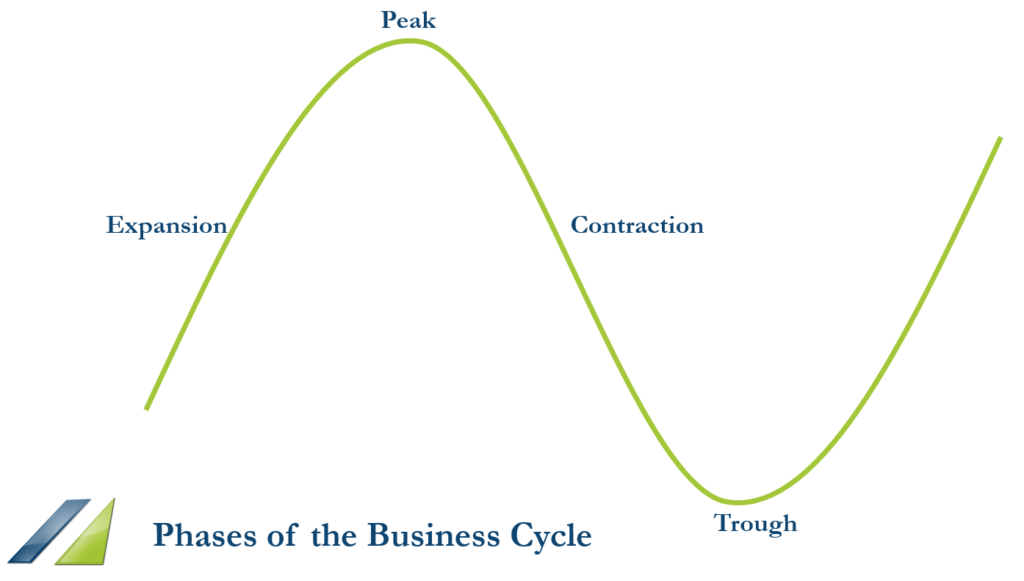How to Prepare for the Solar Eclipse Video
Ever since I was a kid, I’ve been fascinated with astronomy (not astrology–big difference). My neighbors introduced me to the planets and moon’s craters using a telescope on their back porch in Pennsylvania. I used to wake up in the middle of the night to watch meteor showers, took Astronomy as an elective in college, and have even been to a star party. (but that is for another blog). OK, so I’m an official geek. Well, this year is a big year for astronomy. Unless you’ve been hiding under the shadow of a rock (see what I did there), you know a total solar eclipse is coming.
The Great American Total Solar Eclipse
A solar eclipse is when the moon is in between the earth and the sun, and the moon blocks the sun’s rays. The first total solar eclipse visible in the U.S. in nearly four decades is expected to dazzle on Aug. 21, 2017. During the so-called Great American Total Solar Eclipse, the 70-mile-wide shadow cast by the moon will darken skies from Oregon to South Carolina. During most solar eclipses, the moon takes just a “bite” out of the sun — these are called partial solar eclipses. However, the August event will go down as the first total solar eclipse whose path of totality stays completely in the United States since 1776. How patriotic is that?
Historically important eclipse
Ancient cultures tried to understand why the sun temporarily vanished from the sky, so they came up with various reasons for what caused a solar eclipse. Legends surrounding solar eclipses involved mythical figures eating or stealing the sun, and others interpreted the event as a sign of angry or quarreling gods. Though the following story relates to a lunar eclipse which is where the earth’s shadow appears on the moon, it still applies:
Columbus had on board an almanac and upon consulting the book, he noticed the date and the time of an upcoming lunar eclipse. He was able to use this information to his advantage. He requested a meeting that day with the leader and told him that his god was angry with the local people’s treatment of Columbus and his men. Columbus said his god would provide a clear sign of his displeasure by making the rising full moon appear “inflamed with wrath.”
On March 1, 1504, the lunar eclipse and the red moon appeared on schedule, and the indigenous people were frightened.
So what can the solar eclipse teach us about markets?
- There is a Cycle
- The Current Cycle Doesn’t Last Forever
- Don’t Misbehave Emotionally
There is a Cycle
Just as there is a schedule established for the location and time of eclipses, there are business cycles as well. The business cycle consists of four phases:
- Expansion– a period of economic increase or positive growth
- Peak– the highest turning point of a business cycle
- Contraction– a period of economic decline or negative growth
- Trough– the lowest turning point of a business cycle

The Current Cycle Doesn’t Last Forever
Columbus timed the eclipse with his hourglass, and shortly before the totality ended after 48 minutes, he told the frightened indigenous people that they were going to be forgiven. When the moon started to reappear from the shadow of the Earth, he told them that his god had pardoned them. Intelligent investors know that the current phase we are in doesn’t last forever. That doesn’t mean you should try and time the markets, but you should be prudent and be aware of where we are compared to historical averages. A diversified portfolio should be able to weather all phases of the business cycle. That doesn’t mean there won’t be losses, but the eggs shouldn’t be placed all in one basket.
Don’t Misbehave Emotionally
Many economists believe we are in the latter parts of the expansionary phases, while others believe this could be a new floor to new heights. It is important to not be fearful or greedy as we are likely in the mid to late parts of the expansionary phase of the current business cycle in the U.S. Below are some common emotions that people have when they face different market phases. Whatever your viewpoint, be sure to have an accountability partner who can help you weather the storms. Remember that behavioral coaching is one of the most important things an advisor can provide.
Unfortunately for the indigenous people, they didn’t have the knowledge about the eclipse and acted emotionally out of fear. However, you are now aware of the market cycles and with some help can protect yourself from the next downturn in the markets.
Blog Resources:
https://en.wikipedia.org/wiki/Historically_significant_lunar_eclipses




